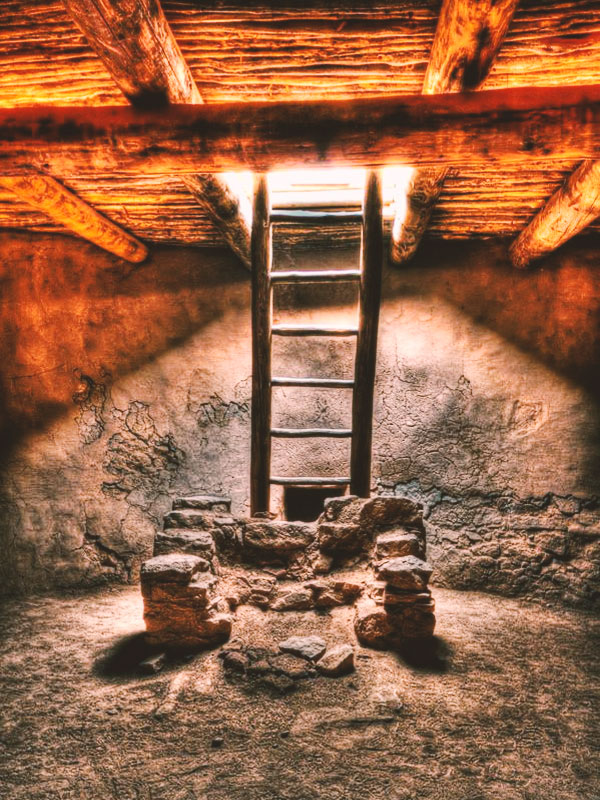
The Anasazi tribe, a Navajo-sourced word meaning “The Ancients”, is believed to have mysteriously flourished and disappeared between the 550s and 1300s in the Mesa Verde area of Colorado, United States, and was discovered at random by photographer William Henry Jackson in 1870, who found the ruins of buildings belonging to this civilization.
The Anasazi left evidence on the extent of their advanced culture, with hundreds of miles of roads connecting their villages, the quality of pottery and gemstone adornments, and the construction of dams to control the waters, creating a lifestyle maintained by advances in their farming techniques.
All these achievements were achieved without the use of the wheel and without the ability to transport through animals and its trademark are the “pueblos”, the buildings built by the Anasazi on the slopes of the rocky mountains for more than 1000 years, with up to five floors and supported by wooden beams that, until 1880, were the tallest buildings in North America and, even today, are so inaccessible that only experienced climbers using ropes can reach them.

With the exception of hunting and food cultivation, all aspects of life could be carried out inside the house and even water could be accumulated between the pore cracks in the walls. Deep wells, called “kivas”, were periodically dug and served as religious temples for the ancient Anasazi.
Its architecture was possibly based on the stars. Some researchers and archaeologists argue that the geographical layout of the Anasazi buildings, their windows and kivas, mirror the movements of celestial bodies, representing the Constellation of Orion, and the dwellings monitored the positions of the Sun as a celestial calendar.
However, the Anasazi abandoned everything they built, leaving behind an even greater mystery to torment archaeologists.
For years, the predominant scenario attributed the disappearance of the tribe to drought and lack of food. The unfavorable climate, the loss of the power structure of the people and the belief that they were in imbalance with nature presented themselves as possible reasons for the disappearance of this culture.

But common objections were raised pointing out that probably if they could not find food, the logical thing would be to move on, moving to another region and rebuilding, and not disappear completely and without traces.
Further studies pointed to some changes in the spiritual and religious beliefs of the Anasazi and it seems that the tribe was “angry with its gods”, and this is where the cause of civilization’s disappearance should be searched.
Today, the Hopi tribe inhabits this region that was abandoned by the Anasazi and still maintains contact with the traditions of their ancestors. The art of working ceramics, buffalo dancing, the balance of the vase on women’s heads to carry water and amulets are part of this rich culture.



















